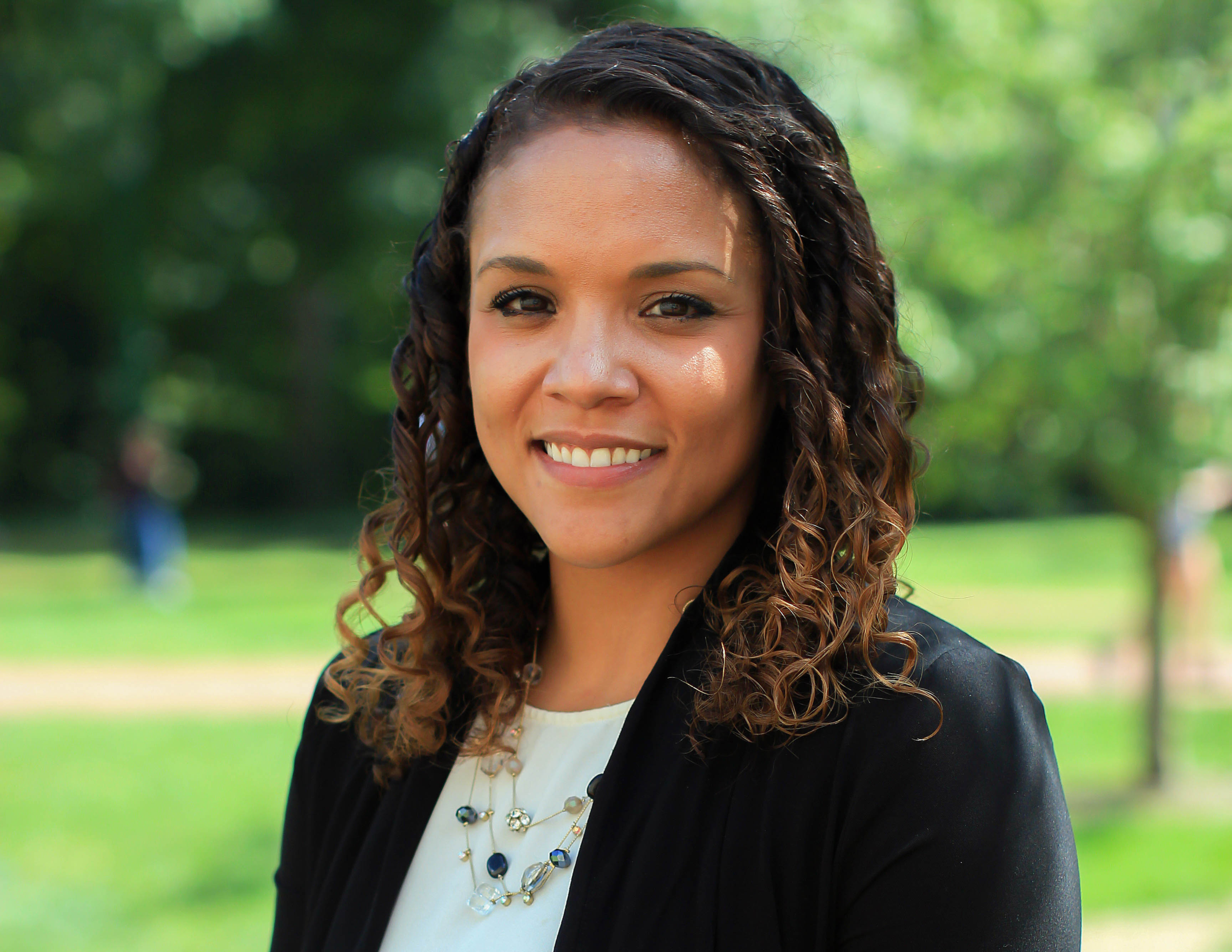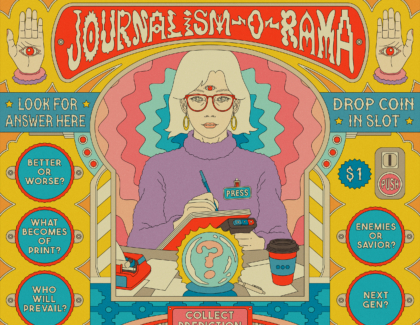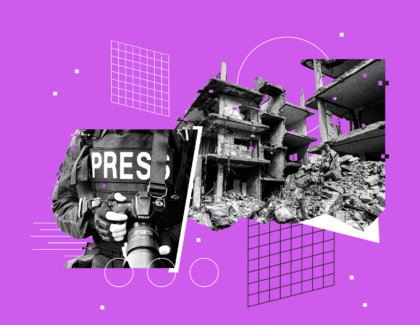Sign up for the daily CJR newsletter.
Dr. Danielle Kilgo studies media portrayals of social movements. Journalists, Kilgo finds, wield immense power when it comes to how protests are perceived by the public. By choosing what stories focus on—for instance, prioritizing dramatic arrests over the demands and agendas of protesters—journalists contribute to a public’s understanding of the legitimacy of uprisings such as those seen in Minneapolis and throughout the country in recent weeks.
The news media’s approach to such protests varies in significant and revealing ways. In a recent story for The Conversation, Kilgo compares protests including anti-Trump demonstrations and the Women’s March to those against anti-Black racism and Indigenous rights. The former, she writes, “gave voice to protesters and significantly explored their grievances.” The latter, however, “received the least legitimizing coverage, with [protesters] more often seen as threatening and violent.”
CJR spoke with Kilgo about what her work tells us about media coverage of current protest movements as she made her way from Indiana to Minneapolis, to begin a new role as the John and Elizabeth Bates Cowles Professor of Journalism, Diversity, and Equity at the University of Minnesota. Our interview has been condensed and edited for clarity.
What the media coverage tells us is that it’s still really challenging for the status quo to say, ‘We need police reform.’
How did media coverage of protests become the focus of your research?
I started my research looking at visual communication, specifically memes. I was working on figuring out how to quantify memes when unarmed Michael Brown was killed in Ferguson. People in my life—my neighbors, my friends—didn’t understand why this was such a big deal. That’s really how it started: wondering how people find these ideas. I started reading about public-opinion formation, and the biggest influence was the mass media. So I turned toward journalism, the people with the leading role.
Last summer you co-authored a comparative study—“Protests, Media Coverage, and a Hierarchy of Social Struggle”—that’s particularly relevant now.
I compared all of the protests that happened in 2017, to find out what the media coverage patterns looked like. We used four key frames in protest coverage: riot, confrontation, spectacle, and debate.
We found that about half of the coverage, 43 percent, has this riot frame: protesters are blocking your highways and making you wait, setting things on fire, or destroying your property. Confrontations such as arrests showed up at about 25 percent. The spectacle frame—sensational, dramatic, individualistic narratives—showed up at about 50 percent. Less than a quarter of coverage, 22 percent, had the debate frame, which includes the grievances, demands, and agendas of protestors.
My research shows that the media’s over-emphasis on riots and confrontation is almost always going to reduce public support for protest movements and it’s almost always a lasting reduction. It doesn’t take much of the riot frame to make people think a protest is violent.
When I look at the coverage of the current protests, I see more of the same. We’ve made progress when it comes to a lot of different social issues, but when it comes to anti-Black racism, we’re still seeing Black men, women, and children killed by police without cause. What the media coverage tells us is that it’s still really challenging for the status quo to say, “We need police reform.”
As uprisings have unfolded across Minneapolis and the nation, what have you noticed in media coverage?
The coverage usually emphasizes the violence, the disruption to our lives, the confrontation with police, or arrests—the drama. All of that is worthy, of course, but it’s not accompanied by a significant amount of coverage that emphasizes the grievances, agendas, and demands of protesters.
It’s harder to see in moments what I see in patterns over time, but I still see an emphasis on protester violence without it always accompanying police instigation or police behavior. I see a lot of pictures with protesters and fire. Photojournalists are out to get their best picture, and the one with fire is the one that’s “the best.” It’s visually appealing; however, it makes people think everything is burning. And, honestly, everything is not burning.
There’s a lot going on that I haven’t seen before, too. Police behavior has been discussed a lot more than it has in the past, especially when it comes to journalists being injured during protests. But it’s the exception, not the rule.
I think for the first time in many journalists’ lives, they’ve seen themselves repressed by the police alongside protesters, and that’s worth reporting. If there has to be anything good about journalists getting hurt, when it comes to unraveling these norms and routines that are really contributing to suppression of progress in our society, there is more attention paid to police behavior. Journalists are keenly looking at what the police are doing and how they’re doing it so that they can protect themselves. This inevitably rolls over to helping validate and legitimize protesters and their actions in the process.
A group of people identify with this issue—that Black people have been killed on a regular basis, without cause and without the justice system—and they’re out in the street and they’re angry about that. That’s a very different narrative than ‘angry people protesting,’ and it’s a fair narrative.
In thinking about things like the New York Times’ Tom Cotton op-ed, what role does journalism as an institution play?
The biggest problem is the norms and regimes that have long been used to teach us journalism. “Objective” is still a part of what journalists think they are, say, and do. They abide by this idea that their job is to be fair and accurate—and, therefore, that they are fair and accurate.
Sourcing is another issue, particularly around breaking news and official sourcing—using police reports, what the mayor said, what the police chief said, what a politician thinks. This means that official sources dominate the narrative. It seems more difficult for a journalist to want to go out and discuss with protestors why they’re there in that short amount of time.
There are also norms in terms of language. We’re going to call this a riot because there was property damage. Clearly this protest is now a riot. Or when the police decide to crack down on the curfew: We’re going to call that a clash between protestors and police. “Clash” is a vague word to use. As journalists, we have to be really specific about the words that we use, but norms drive us to use some words that we thought, or other people thought, were specific enough. These words show up so often, and they’re not nearly reimagined or thoroughly critiqued.
Editors are journalists, too, and editors play a huge role in what this endgame is. I think that we have a lot of journalists who perhaps say things in a different way, which then gets edited back to the norms. It is hard to break norms and change routines, especially when you have guides that perhaps could be updated as well. The AP Stylebook recently updated their direction about when you can call something “racist” if it’s racism. Before they were telling journalists to call it “racially-charged.”
What can journalists do to begin to change the status quo?
One of the easiest choices to make is to use active voice. Police teargassed protesters. Assign entities to actions they perform. Make police responsible for their actions, just like journalists make protesters responsible for their actions.
If you’re going to call people “angry protesters,” it is so important for you to include why they’re frustrated, why they’re furious. Any time you use an emotion word, explain what’s behind that emotion to legitimize the movement as not just a bunch of angry people out on the streets making cars stop. A group of people identify with this issue—that Black people have been killed on a regular basis, without cause and without the justice system—and they’re out in the street and they’re angry about that. That’s a very different narrative than “angry people protesting,” and it’s a fair narrative.
Find protesters who are able to articulate what things to say in a more quotable fashion. For grassroots collective action, people rally around an idea, but they don’t necessarily have a press kit. Sometimes you’ll get soundbites from particular protesters, but listen to multiple voices and make sure that you synthesize the real reason why people are there. Try to look for quotes that can directly articulate a grievance, demand, agenda, or all three.
Another thing is diversifying newsrooms and editors. When the Philadelphia Inquirer‘s front page says, “Buildings Matter, Too,” that cover got through a couple of editors. Diversity in the newsroom isn’t going to fix all these problems, but it could help you avoid that particular problem. I hope that newsrooms would take seriously the need to add different perspectives into their newsroom, and value that as a way of achieving fairness and accuracy in their coverage comprehensively.
ICYMI: Introducing the Journalism Crisis Project
Has America ever needed a media defender more than now? Help us by joining CJR today.







